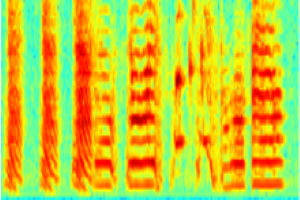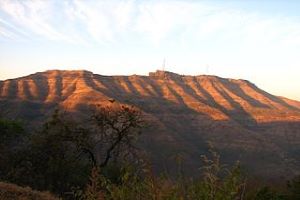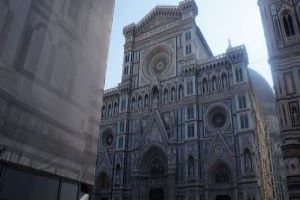Note: This post was originally published on June 12th, 2013.
The Laser Lab
Science is such a vast, interdisciplinary subject, and I’ve never truly appreciated this, perhaps until now. Despite how complex and intricate concepts seem to be, seemingly contrasting subjects intersect, illuminating new, exciting and meaningful ideas. This past week has been an incredible week at my lab, in terms of the variety of things I’ve seen and learned. It’s been quite the transition, to say the least, however. When I last posted, last week, I’d been catching up on readings assigned to me by my PhD mentors and, generally becoming acquainted with the lab’s goals and the historical backdrop of the field of optics, biophysics and chemistry. However, on Friday, Sonashree and Arya (my direct supervisors) allowed me into the laser lab.
The laser lab is divided from the “wet lab” (where we work primarily), and is a dust-free, shoes-free zone where the optical experiments are carried out. It’s also the location of the Raman Spectrometer, which is the focus of the lab’s research on visualizing and characterizing the structure of an enzyme called HGPRT. I’ve been looking forward to entering the laser lab because it meant that I could start learning about the experimental part of my project, and get hands-on experience. Before further explanation, let me explain what my research actually is.
My Research Topic
Basically (I’ll try to explain the concept using the most basic terms I can), our lab explores the structure and function of the enzyme, HGPRT (hypoxanthine-guanine-phosphoribosyl-transferase), by using a visualizing technique called Raman Spectroscopy. HGPRT is involved in catalyzing reactions that recycle nucleotides (building blocks of DNA) in both parasites, humans and other organisms. Deficiencies in the enzyme can lead to serious disorders such as Lesch-Nyhan’s Syndrome or Gouty Arthritis.
So why, or more importantly HOW, is visualizing HGPRT using optics beneficial? By “reading” vibrational waves within biological molecules, Raman Spectroscopy can provide a glimpse into the biological interactions occurring within the enzyme, thus serving as a window into its function as a catalyst for significant reactions. The actual process of Raman Spectroscopy involves Raman Scattering, in which light is scattered, as it hits a material/substance, exciting photons to a higher energy level.
In turn, learning the structure of HGPRT can allow us to inhibit it’s enzymatic pathway, aiding in the development of drugs for disorders related to issues with nucleotide metabolism.
Since the project we’ll work on will require us to take images of HGPRT’s enzyme-substrate complex, I’ve been observing the workings of the Raman Spectrometer, and the preparation that goes into using it. Before beginning each experiment with the spectrometer, it is essential to adjust the prisms which reflect light between and within the prisms. Precise alignment of the prisms is significant, as the maximum amount of light (photons) should hit the sample of enzyme for the most efficient experiment.
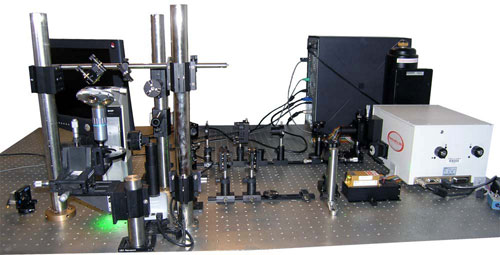
It’s one thing to study a subject, and another to apply it in a research project: it’s like a story coming to life. So far, I’ve been really amazed and impressed by the process of prism alignment. Besides the scientific concept, it’s also just awesome and quite magical to be able to see the light reflect across the laser lab.
Toward the end of such a session on prism alignment, something my mentor said was particularly memorable and, truly, inspirational.
I don’t remember what she said exactly, but it was something like, “You cannot decipher the light unless you follow it- you cannot embrace a concept, unless you know how the concepts align.”
“You cannot decipher the light unless you follow it… You cannot embrace a concept unless you know how the concepts align.”
Pondering the statement hours later, I realized how it applies to everything in life. Without a path, a story or a purpose, how can a person traverse through life? True, she was talking about the light, but something in that statement applies to society in general. Something in that statement stayed with me, empowered me, you might say, to follow the path of light in my life.
I’ve never been very interested in biophysics or light/magnetism, but I’m finding that research can spark new interests. It really does have the power to transform careers, change lives and impact people. Besides, as my mentor said, light physics relates to medicine, too!
Beyond the scope of my work, I’m also simply enjoying being in India. Yesterday, I went on a jog through campus and found myself at NCl Innovation Park, a nearby academic complex that’s also gorgeous. The monsoon has truly “greened” the area, and I’m really enjoying exploring that beauty. Check out some pictures!
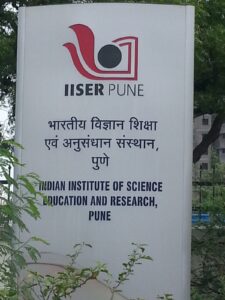
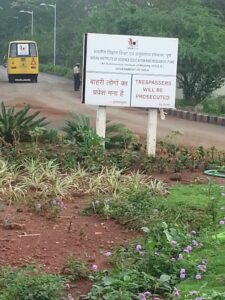
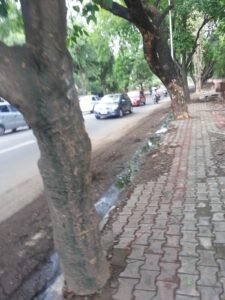
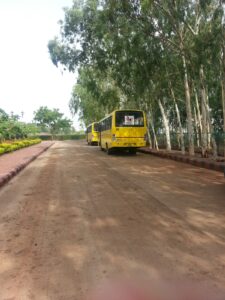
Over the past weekend, I was able to visit my uncle and one of my three aunts, who lives near the IISER campus. I’m really lucky to have such a large family in Pune. I’ve always loved visiting each of my aunts, or “atya’s” and their families. The Jalukar family is an incredibly talented, diverse, loving and vibrant community in itself. Every Jalukar is so talented, but also so humble, and that’s what I love about everyone.
My uncle and my cousins were eager to show me around, and on Saturday, I joined them for some shopping at a local market called “Tulsi Baag” Since it’s back-to-school season here, my cousins also had to buy many supplies for school. It was a familiar scene- shopping for clothes, backpacks, and pencil cases- just the scenery had changed.
Peacocks in Talzai, Pune
On Sunday evening, I joined my uncle and cousins to Talzai, a national park with a preserved jungle-area, where we followed a trail leading to the edge of a cliff overlooking slums, with the mountains, and Parvati in the distance. It was the perfect contrast- the poverty of the tin-home-neighborhood against the backdrop of the majestic mountains-, and yet, it was beautiful.
On the way back to the park gate, we had the good fortune of catching a glimpse of the national bird: a peacock on a tree. During the monsoon season, it’s common to see peacocks here. My uncle first noticed the soft “meows” of the communicating peacocks. Nearly five minutes later, we all embarked on a mini-journey to locate the peacock in the skies. The discovery of the peacock was purely accidental. I believe it was my uncle who happened to gaze upwards. When he did, a silhouette of a bird emerged, and behold, it was the peacock’s outline perched up in the tree. I had never quite had such a spectacular visual treat, and I would say it was one of the most satisfying sights of my trip. The best things in life are indeed free.
Though I don’t have a picture of it (thanks to my bad camera luck), here’s a picture from google to give you a taste of what I experienced:
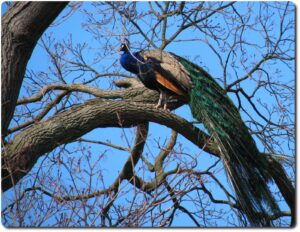
Eventually, the peacock flew away, but having the chance to see such a magnificent creature in a unique pose from so close was a sight I’ll never forget. Too bad my camera ran out of batteries! This next weekend, I’m looking forward to meeting fellow Khorana research scholars in Pune to watch a movie, which will be a nice, refreshing change from the routine! Thank You for reading! 🙂
